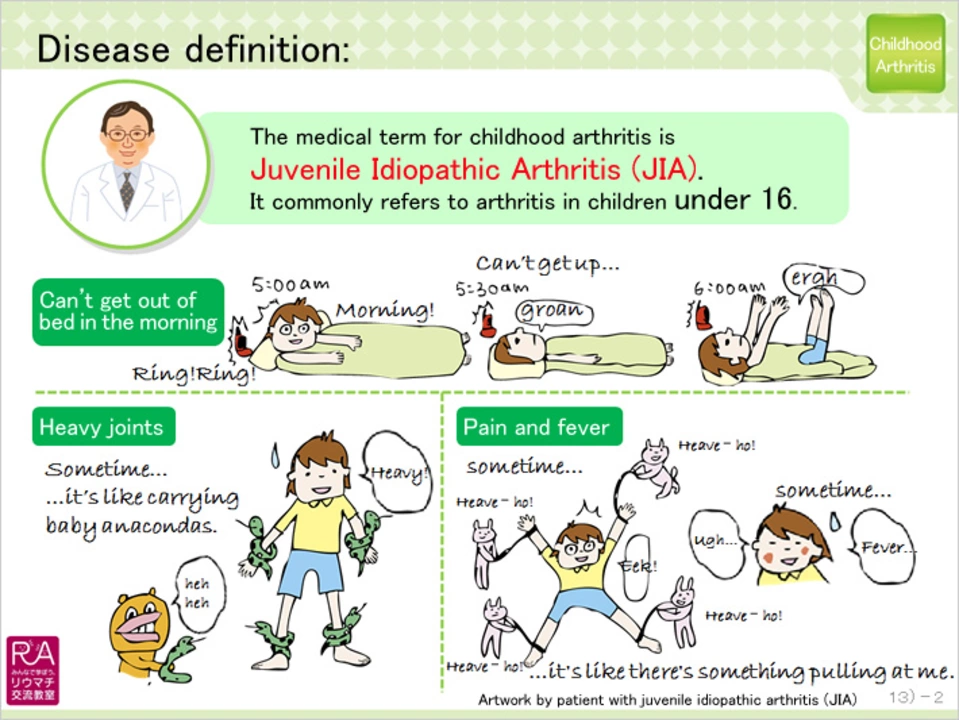Symptoms: How to Spot, Track, and Take Smart Action
Not sure whether a symptom needs a doctor right away or just a few days of rest? You’re not alone. This page gives simple, practical steps to recognize common symptoms, decide what to do next, and use RxStore-365 articles to get reliable info on medications and side effects.
Quick symptom checklist
Start with three quick questions: How bad is it on a 1–10 scale? Is it getting worse or better? Any new rash, fever, fainting, or trouble breathing? If you rate pain or difficulty above a 7, or see sudden shortness of breath, chest pain, severe bleeding, sudden weakness, or loss of consciousness, treat it as urgent.
For everyday issues—mild cough, upset stomach, low-grade fever—watch trends. Take notes: time of day, what you ate, any new medicines or supplements, and what helps or makes it worse. A short log makes conversations with your doctor or pharmacist faster and more useful.
Practical ways to track and report symptoms
Use your phone to snap photos (rashes, swelling, wound changes) and add a short note. Record medication names, doses, and when you took them. If a side effect starts after a new drug, look up that drug’s side-effect guide on RxStore-365. Articles like "Hydrea Side Effects" and "Upset Stomach and Sleep Quality" explain what to watch for and when to call your clinician.
Be specific when you report symptoms: say "sharp pain on the right side for 2 days, worse after eating" rather than "stomach hurts." Clear details help clinicians decide if an exam, test, or urgent care visit is needed.
For medication questions, use resources that list common and serious side effects. Read our posts on antibiotics, antifungals, or heart drugs to see typical reactions and interactions. If you’re stuck with a prescription issue, the "Troubleshooting Your Nurx Prescription" guide shows how to contact pharmacy support efficiently.
If swelling or fluid retention is your main symptom, try immediate, low-effort steps: cut added salt, elevate the affected limb, and compare both sides for asymmetry. Our "Low-Sodium Solutions" article explains diet tweaks that often help while you arrange medical advice.
Worried about skin or nail problems? Check focused guides like the Lamisil piece for what’s normal during treatment and what might need a doctor’s visit. For antibiotics, look at side-effect summaries and allergy signs—rash, hives, breathing trouble—then act fast if they appear.
Final tip: when in doubt, call your clinic or local urgent care. If symptoms are severe or sudden—difficulty breathing, chest pain, fainting—call emergency services. Use RxStore-365 to prepare for that call: bring your symptom log, list of meds, and photos. That makes the care you get quicker and more accurate.
Want more? Search this tag for relevant posts on specific drugs, side effects, and symptom management to learn clear next steps for common problems.

The Different Types of Juvenile Arthritis and Their Characteristics
As a blogger, I recently came across the topic of juvenile arthritis and learned that there are several different types, each with their unique characteristics. The most common form is called Juvenile Idiopathic Arthritis (JIA), which includes subtypes such as oligoarthritis, polyarthritis, and systemic arthritis. Additionally, there's Juvenile Psoriatic Arthritis, which is often related to skin conditions, and Enthesitis-related Arthritis, which affects the areas where tendons and ligaments attach to bones. Knowing the differences between these types of arthritis can help parents and caregivers better understand and manage this challenging condition in children.
Read More
Ovulation Pain: Causes, Symptoms, and Relief Options
As a blogger, I've come across a topic that many women can relate to - ovulation pain. This pain, also known as mittelschmerz, occurs during a woman's monthly cycle and is caused by the release of an egg from the ovary. Common symptoms include mild to moderate pain on one side of the lower abdomen, lasting from minutes to hours. To find relief, women can try over-the-counter pain medications, apply heat to the painful area, or engage in relaxation techniques. It's essential to consult with a healthcare professional if the pain is severe or accompanied by other concerning symptoms.
Read More
